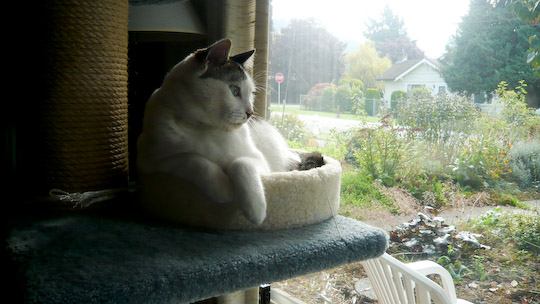 Largely a sequel to The Onion Girl, but this one doesn’t start with Jilly Coppercorn. Instead, the entry to the story is when fiddler Lizzie Mahone, her car broken down at a lonely crossroads, disrupts a bit of rogue unseelie business making friends and enemies in the process. When the second fiddle player in Lizzie’s band is injured, the band calls Geordie Riddell to fill in and Jilly comes along for the ride. Mayhem ensues when Jilly and Lizzie both disappear in the night and the folks left behind have to try to find them and bring them back.
Largely a sequel to The Onion Girl, but this one doesn’t start with Jilly Coppercorn. Instead, the entry to the story is when fiddler Lizzie Mahone, her car broken down at a lonely crossroads, disrupts a bit of rogue unseelie business making friends and enemies in the process. When the second fiddle player in Lizzie’s band is injured, the band calls Geordie Riddell to fill in and Jilly comes along for the ride. Mayhem ensues when Jilly and Lizzie both disappear in the night and the folks left behind have to try to find them and bring them back.
Widdershins is shaped very much like other de Lint books with a quick jump into a mystically complicated plot followed by a layered array of different groups working their way out of the mess from different directions. It’s an effective pattern allowing lots of character development and suspense as the groups all have to work with the information and personalities they have and as you read you can see where they’re headed for potential disaster or can wonder how the heck they’re going to connect in the end.
The book is a little bit more of a soap opera plot than usual with the eternally evaded romantic tension between Jilly and Geordie seeming like maybe it will finally be resolved, but it’s not at all clear in the course of the book which way it might go.

 In 2002, Mitch Kapor founded a new company to build a personal information management software product called Chandler. Rosenberg’s book uses Kapor’s company as an entryway into the big questions about software: why does it take so long? why is it so hard to make it good?
In 2002, Mitch Kapor founded a new company to build a personal information management software product called Chandler. Rosenberg’s book uses Kapor’s company as an entryway into the big questions about software: why does it take so long? why is it so hard to make it good?
 Attack of the Bacon Robots and Epic Legends of the Magic Sword Kings are the subtitles of these first two collections of the uber gaming geek web comic
Attack of the Bacon Robots and Epic Legends of the Magic Sword Kings are the subtitles of these first two collections of the uber gaming geek web comic  Picked this up for a reread after seeing the recent film version. This is one of Gaiman’s stream of consciousness books. It reads like he started in to writing one day with a vague idea of where the story would end up and inserted amusing or surprising events until the book was thick enough. Of course Gaiman is a good enough wordsmith to make the resulting book pleasant to read in spite of the potential for calamity in such an approach. Not a masterpiece, but an amusing diversion.
Picked this up for a reread after seeing the recent film version. This is one of Gaiman’s stream of consciousness books. It reads like he started in to writing one day with a vague idea of where the story would end up and inserted amusing or surprising events until the book was thick enough. Of course Gaiman is a good enough wordsmith to make the resulting book pleasant to read in spite of the potential for calamity in such an approach. Not a masterpiece, but an amusing diversion.